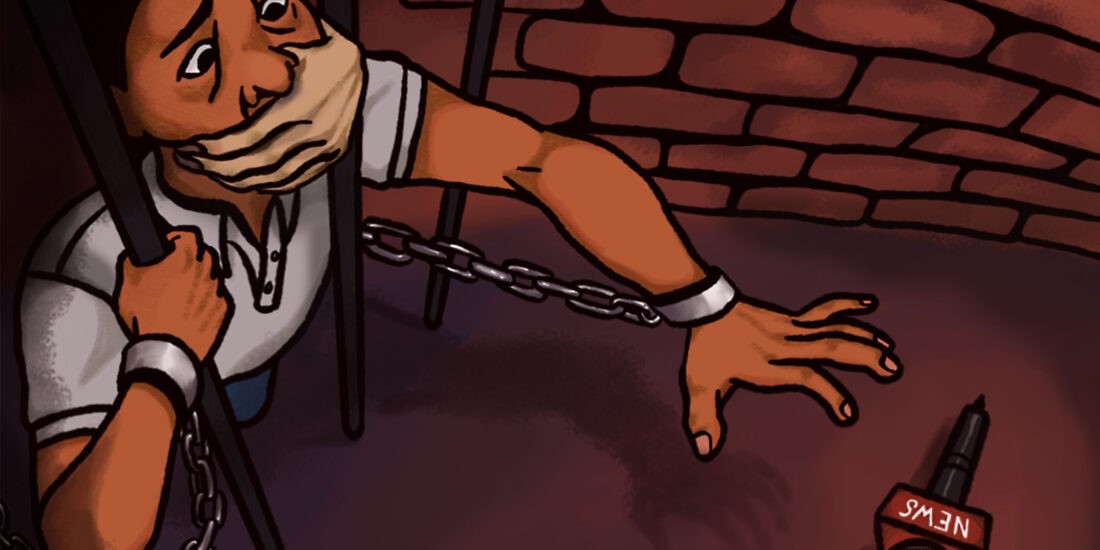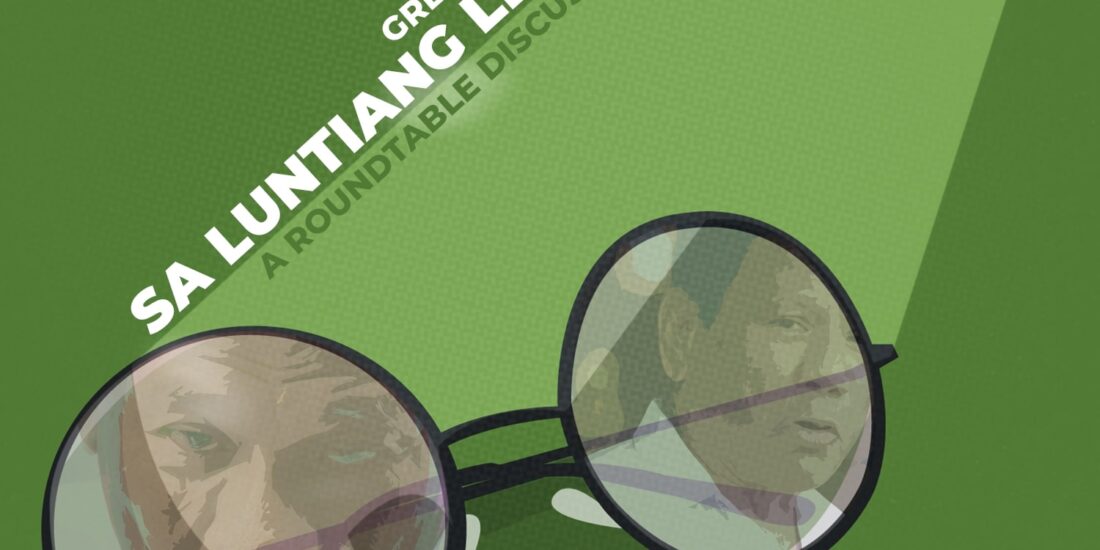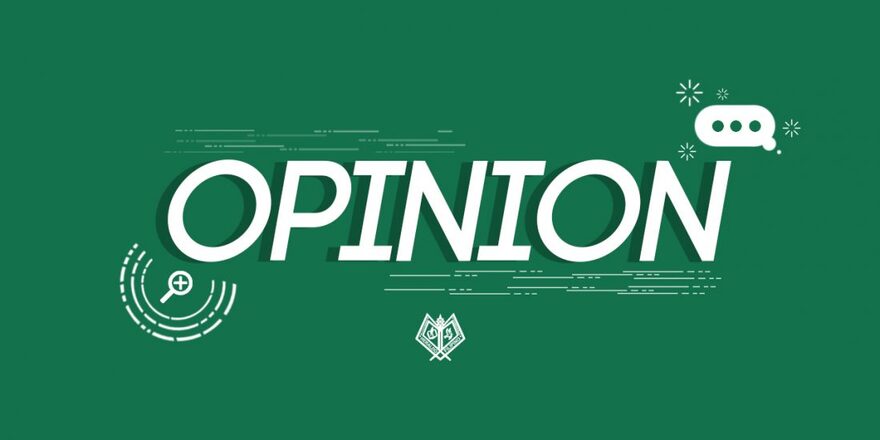Pressed Freedom
The Campus Journalism Act (CJA) of 1991 was crafted to uphold press freedom. However, its many loopholes, such as financial starvation, editorial interference, and even disbandment, have enabled administrators to control student publications. Amid increasing reports of suppression across universities, passing the Campus Press Freedom (CPF) Bill grows more urgent with each passing day.
Student journalists often face relentless pressure from administrators desperate to preserve their institution’s reputation. This obsession for validation leads to censorship of journalistic works addressing sensitive issues such as tuition hikes, faculty misconduct, or poor campus facilities. Administrators and faculty members sometimes bypass protocols, pressuring advisers to influence editorial decisions—even though publications are designed to be independently run by students.
This fear of negative publicity leads to silencing criticisms rather than addressing legitimate concerns.
In contrast, the role of student publications aim to amplify student voices, offering administrators insights into campus problems. Rather than seeing such reporting as rebellion, administrators should view it as constructive feedback that drives institutional improvement.
But this attack isn’t one-dimensional. It affects even the financial aspect of campus journalism. Funding for student publications usually comes from subscription fees collected during enrollment. While the CJA permits administrators to facilitate this process, it does not mandate it, leaving room for abuse. Administrators can withhold funds to exert control or suppress critical publications. As a result, some student publications resort to self-collection or are forced to close, silencing vital platforms for discourse.
Beyond institutional challenges, student journalists also face external threats such as red-tagging, wherein journalists are falsely associated with insurgent groups, subjecting them to surveillance and potential harm. Moreover, campus publications are subject to online trolls that escalate harassment through smear campaigns and disinformation. Unfortunately, these challenges remain unaddressed by the CJA as it doesn’t cover the digital side of journalism.
Off-campus coverage further exposes student journalists to risks, including profiling and harassment by law enforcement. Ironically, military forces, tasked with ensuring citizens’ safety, often intimidate student journalists. Many have reported instances of authorities demanding personal and institutional details that foster intimidation, unwarranted profiling, and the risk of surveillance—leaving student journalists vulnerable to harassment.
First proposed in 2011, the CPF Bill’s vitality remains as it seeks to close these gaps by guaranteeing editorial independence and operational autonomy for campus publications. Key provisions include the mandatory establishment of at least one publication per institution, reopening previously closed publications, and ensuring subscription fee collection. The bill empowers student journalists to report without fear of censorship or interference by eliminating financial suppression.
Journalism remains one of the world’s most dangerous professions, requiring individuals to confront conflict and deliver the truth. While the CPF Bill offers protection on paper, its passages alone are insufficient. Effective implementation and monitoring are critical in ensuring press freedom becomes a reality in the Philippines.
The state of universities is always a microcosm of society. If we want a freer state of the national press, then we must lobby for it to start campus-wide. Now is the time to act. Pass the Campus Press Freedom Bill and safeguard the voices of youth-driven journalism.
Originally published in Heraldo Filipino Volume 39, Issue 1





